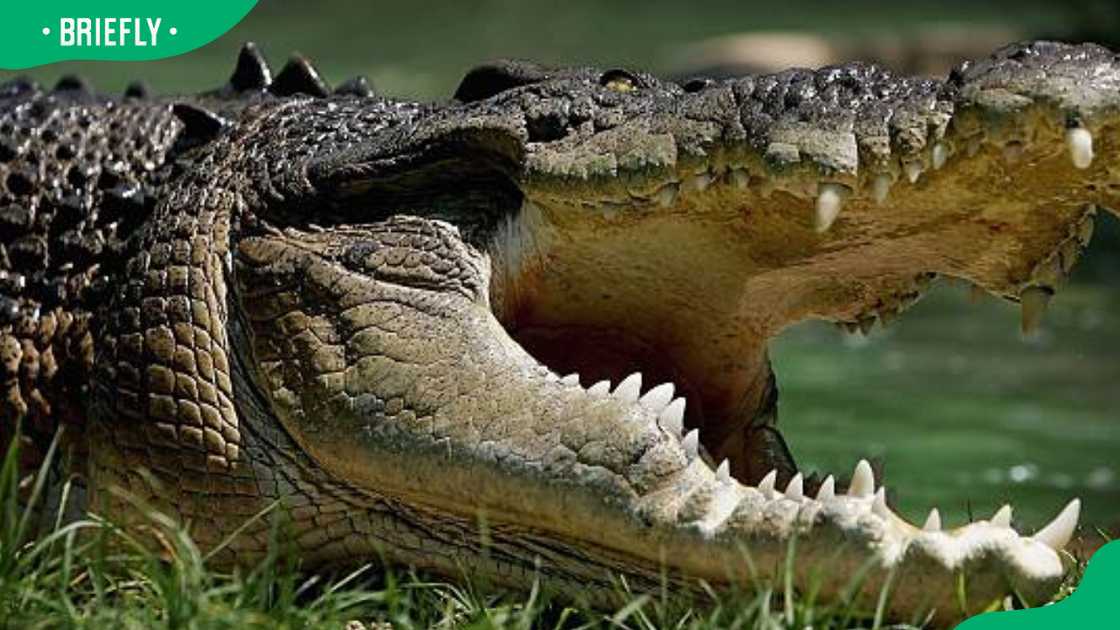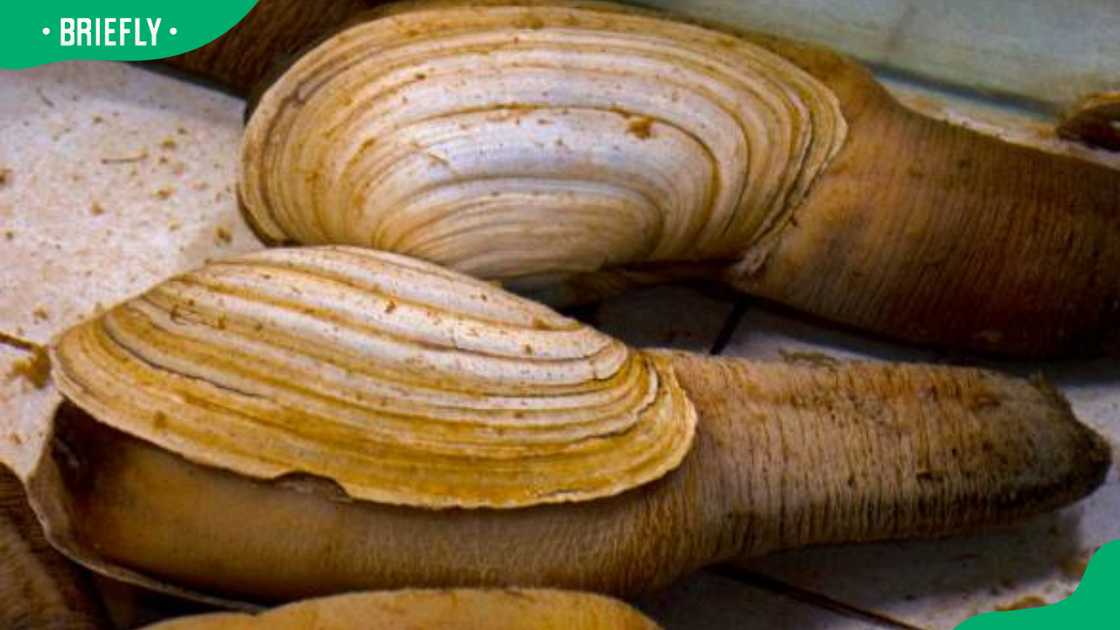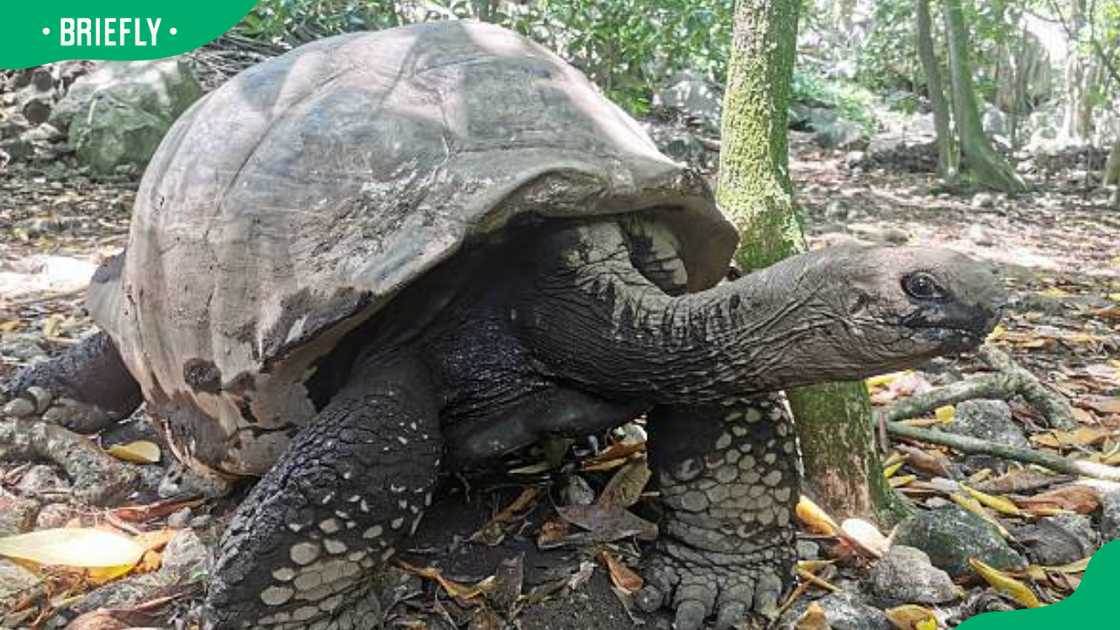The 15 longest living animals: a countdown of nature’s oldest survivors
The longest living animals on earth amaze scientists and nature lovers alike with their incredible ages. These ancient beings have witnessed centuries of change, thriving in diverse habitats worldwide.

Source: Getty Images
TABLE OF CONTENTS
Key takeaways
- Glass sponges are the oldest animals, with some specimens living over 10,000 years in deep ocean environments.
- Greenland sharks are the longest-living vertebrates, with some individuals estimated to be over 400 years old.
- The Aldabra giant tortoise can live up to 150 years in the wild, with some, like Adwaita, living as long as 255 years, making it one of the longest-living land animals ever recorded.
Top 15: The longest living animals
From deep-sea sponges to ancient tortoises, their longevity reveals secrets of endurance and adaptation. These incredible creatures defy ageing, thriving for centuries or even millennia.
Credible sources such as the Guinness World Records, Smithsonian Magazine, National Geographic and Live Science were researched to compile this list of extraordinary long-living animals.
| Animal | Estimated lifespan |
| Saltwater crocodiles | 70 years |
| Tuatara | 100 years |
| Lobsters | 100 years |
| Geoducks | 168 years |
| Red sea urchins | Over 200 years |
| Rougheye rockfish | 200+ years |
| Bowhead whale | 200+ years |
| Aldabra giant tortoises | 200+ years |
| Freshwater pearl mussel | 250+ years |
| Tubeworms | 300 years |
| Greenland shark | Between 300 and 500 years |
| Ocean Quahog (Clam) | 500+ years |
| Giant barrel sponges | Over 2300 years |
| Black Coral | Up to 5000 years |
| Glass sponges | More than 10,000 years |
15. Saltwater crocodile

Source: Getty Images
- Lifespan: 70 years
- Habitat: Water
Saltwater crocodiles are the largest living reptiles and can live significantly longer than many other crocodile species, with typical lifespans exceeding 70 years in the wild. Some exceptional individuals, like Cassius, are estimated to have lived up to 110 to 120 years.
14. Tuatara

Source: Getty Images
- Lifespan: 100 years
- Habitat: Land
The tuatara, native to New Zealand, is a unique reptile often called a "living fossil" because it is the sole surviving member of an ancient lineage.
While their average lifespan is about 60 years, some can live well over 100 years, making them one of the longest-living animals on land. Tuatara grow very slowly, continuing to develop until about 35 years of age, and they exhibit remarkably slow ageing once fully grown.
13. Lobsters

Source: Getty Images
- Lifespan: 100 years
- Habitat: Water
Although it is difficult to estimate the age of lobsters as they shed their shells, researchers believe that American lobsters can survive up to the remarkable age of 100 years. However, their European counterparts live a relatively shorter lifespan of about 72 years.
12. Geoducks

Source: Getty Images
- Lifespan: 168 years
- Habitat: Water
The Pacific geoduck is a huge saltwater clam native to the Pacific coast of North America. It is known for its extraordinary lifespan, with individuals living over 165 years; the oldest recorded is estimated to be 168 years.
These clams burrow deep into sandy or muddy ocean floors, sometimes grow up to 3 feet, and grow slowly, reaching their maximum size of about 7 pounds after 15 years.
11. Red Sea urchins

Source: Getty Images
- Lifespan: 200+ years
- Habitat: Water
Found in shallow coastal waters in North America, red sea urchins have a long lifespan, with some species living for around 200 years. Despite their long lifespan, these sea creatures do not get to grow old due to predators.
10. Rougheye rockfish

Source: Getty Images
- Lifespan: 200+ years
- Habitat: Water
Rougheye is one of the rarest fish in the world, with a remarkable lifespan of over 200 years, and they can grow up to 38 inches. They usually inhabit the Pacific Ocean, roaming from Japan to California, and feed on smaller animals like shrimps and smaller fish.
9. Bowhead whale

Source: Getty Images
- Lifespan: 200+ years
- Habitat: Water
Bowhead whales are considered the longest living mammals, with DNA age estimates suggesting a lifespan of 262 years. Found in the icy waters of the Arctic and sub-Arctic, they possess a distinctive bow-shaped head that helps them break through massive icebergs.
8. Aldabra giant tortoises

Source: Getty Images
- Lifespan: 200+ years
- Habitat: Land
Tortoises are known for their longevity, often living between 80 and 150 years. However, some species, such as Aldabra giant tortoises, can go up to 200+ years.
For instance, an Aldabra giant tortoise named Adwaita was alleged to be 250 years old when it passed on in 2006. However, tortoises are endangered animals; thus, they do not live to their full potential.
7. Freshwater pearl mussel

Source: Getty Images
- Lifespan: 250+ years
- Habitat: Water
Pearl mussels are among the longest-living species in North America and Europe, and they mainly live in streams and rivers. They usually filter food particles from the water, which they consume at a lower metabolism rate, hence their long lifespan.
6. Tubeworms

Source: Youtube
- Lifespan: 300 years
- Habitat: Water
Tube worms have an impressive lifespan of up to 200 years, with species in more stable environments living to 300 years. Bacteria in their tubes help them create sugars from chemicals, which they take in as food. Additionally, their slow metabolism and few predators aid in their long lifespan.
5. Greenland Sharks

Source: Instagram
- Lifespan: Between 300 and 500 years
- Habitat: Water
Greenland sharks live deep in the cold North Atlantic and arctic waters, swimming slowly and growing by about a centimetre yearly. The oldest living Greenland shark was estimated to be 392 years old by carbon dating a special protein in their eyes.
4. Ocean Quahog (Clam)

Source: Getty Images
- Lifespan: over 500 years
- Habitat: water
Native to the North Atlantic Ocean, Clams are one of the oldest mollusc species on Earth, with the oldest ocean quahog being one nicknamed Ming, being 507 years old as of 2006. According to Anna Holmes, an American writer, their long lifespan is credited to their slow metabolism due to the cold water surrounding Iceland. She wrote,
In the colder waters surrounding Iceland the Ocean Quahog has a slower metabolism and so grows slowly and may even live for longer than 507 — scientists just haven't found an older one yet!
3. Giant Barrel Sponges

Source: Getty Images
- Lifespan: over 2300 years
- Habitat: Water
A giant barrel sponge has the longest lifespan, with some individuals found near Florida over 2300 years old. They are large and inhabit tropical reefs. Additionally, they usually filter seawater into their systems as a survival instinct.
2. Black Coral

Source: Getty Images
- Lifespan: Up to 5000 years
- Habitat: Water
Black corals (order Antipatharia) are slow-growing, long-lived corals found primarily in deep, low-light marine environments, and are distinctive for their bright colours. Depending on their species, corals can live for up to 5000 years, with the oldest black coral being 4270 years old.
1. Glass Sponges

Source: Getty Images
- Lifespan: More than 10,000 years
- Habitat: Water
Glass sponges are widely considered the oldest living animals. Scientists have established that a typical glass sponge's lifespan can be over 10,000 years. Besides, they have since spotted a skeleton of a glass sponge in the East China Sea, believed to be over 11,000 years old.
What is the longest living animal?
The longest-living animal on earth is the glass sponge, with some specimens estimated to be over 10,000 years old. It is also the oldest living animal in the ocean.
What animal can live up to 1000 years?
The animal known to live 1,000 years is the glass sponge, potentially living over 10,000 years. Additionally, black corals and giant barrel sponges are known to live for about 5,000 and 2300 years, respectively, making them among the longest-living animals on Earth.
What is the oldest animal to ever live?
The oldest animal to ever live is believed to be a glass sponge, with some specimens estimated to be over 10,000 years old, as stated by Guinness World Records. These deep-sea sponges grow extremely slowly and inhabit stable, cold environments, contributing to their extraordinary longevity.
What mammal lives the longest?
The mammal that lives the longest is the bowhead whale, which can live for over 200 years, with the oldest known individual reaching at least 211 years of age.
Other large mammals like elephants and humans live significantly shorter lives in comparison. Elephants reach around 86-88 years, and humans up to 120+ years.

Source: Getty Images
Trivia
- Harriet, a Galápagos tortoise, lived to about 175 years, having been born before Darwin's famous voyage in 1835.
- Some immortal jellyfish species can theoretically live indefinitely by reverting to their juvenile stage.
- The longest living bird is Wisdom, a Laysan albatross, estimated to be around 73 years old.
The longest living animals inspire awe with their extraordinary lifespans and resilience. Their stories teach about nature's power to endure through time. Their unique biology unlocks mysteries about longevity and survival against all odds.
READ ALSO: Top 11 dumbest animals in the world
Briefly.co.za shared an article about the dumbest animals in the world. Distinct animals have brains specialised for different purposes, influenced by more than just the number of neurons.
However, animals with fewer nerve cells might exhibit cognitive functions that appear less complex than others, hence dubbed the dumbest. Explore more facts about these animals and their cognitive abilities.
Source: Briefly News

